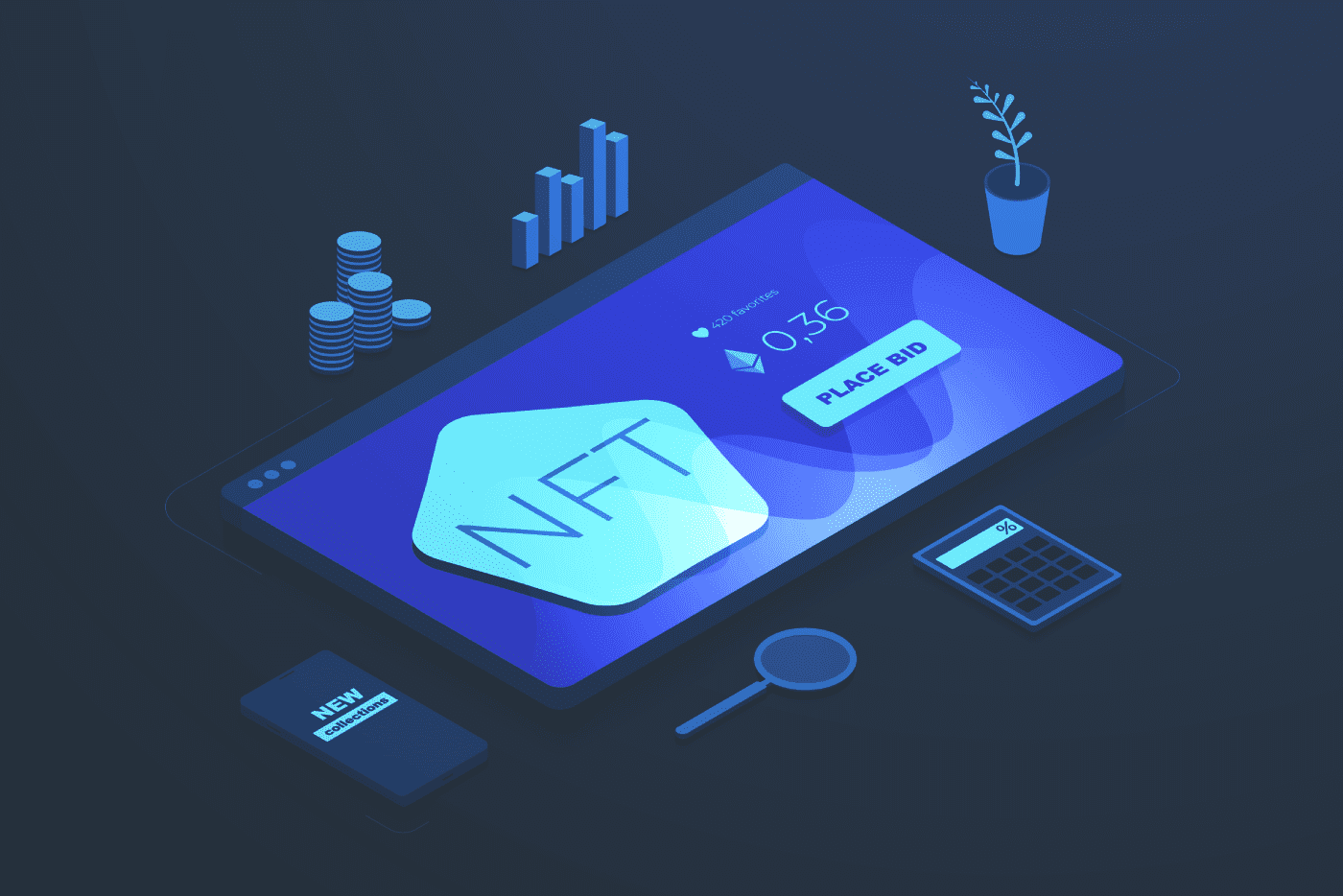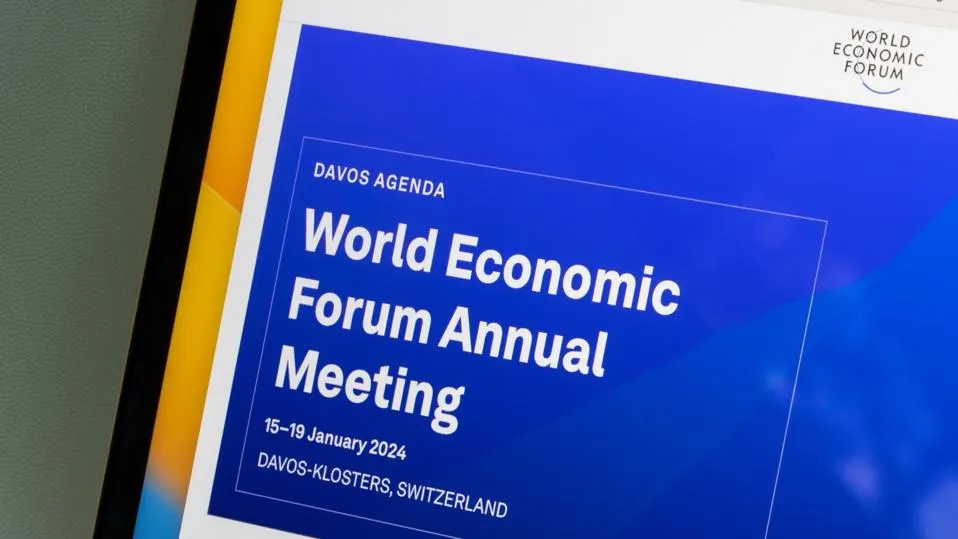How To Buy NFTs: A Super-Easy Guide For Anyone
31 August 2022
There is a lot of hype around NFTs and the vast fortunes that are regularly being made – and lost – by investing in NFTs. NFTs – Non-fungible Tokens – are unique tokens that live on a blockchain and can be securely traded or used to prove ownership of connected assets. Like any unique asset, this means they have the potential to become collectable, desirable, and grow in value.

As with cryptocurrencies (think Bitcoin and Ethereum) that also live on blockchains, they are popular these days as speculative investments. Buyers purchase them hoping to profit from the increases in value, or dramatic swings in value, that can see them gaining millions of dollars in value overnight.
However, history has shown that it would certainly be very unwise to consider NFTs – or crypto in general – as any kind of “get rich quick” scheme! Just as they can increase rapidly in value, they can decrease just as quickly. In fact, one index shows that the most popular NFT artworks have dropped in value by around 70 per cent this year.
For people interested in technology, though – like myself – the potential value of NFTs goes far beyond their potential to make a quick buck. Many believe that “utility” NFTs will have all sorts of uses in the future. This includes being used to represent other assets such as rare whisky, tickets to events, to authenticate certifications, or as deeds of ownership to virtual real estate in the metaverse.
Anyone who likes the idea of getting involved, however - for whatever reason - will quickly find out that even getting hold of one can be a tricky process. Unfortunately, the process of finding, buying and storing NFTs is fraught with dangers that can trip up an unwary newcomer. From cryptocurrency, gas fees, wallets and decentralized marketplaces, there are many elements that need to be understood. So here’s my overview of the processes involved, from how to choose an NFT to how to ensure you keep it safely once you’ve got it.
Getting started
Even if you aren’t planning on buying an NFT purely to get filthy rich (hint: you won't!), there are many reasons for doing so. Perhaps the most common is that you like the idea behind the technology and want to get an idea of how it works. To get started, you will need a wallet. What confuses a lot of newcomers to the space is that the wallet isn’t actually used to store your NFTs. They are stored on the blockchain – a distributed database file that’s duplicated across many computers in the network, meaning no one person can alter it without permission. What the wallet actually stores is the private key to the part of the blockchain that stores your NFT, giving you the ability to access and transfer it to someone else.
The most popular wallets are free – making this just about the only part of the process that you won’t be expected to pay for! Some of the most popular ones are:
If you're just setting out to learn about NFTs and not intending on putting anything hugely valuable in your wallet right away, it probably doesn’t make too much difference which one you choose. However, there are a few differences that more advanced users might like to take into account. For example, Metamask and Math wallet are open source, meaning the source code can be examined by anybody to make sure it isn’t hiding any unpleasant surprises. Coinbase Wallet, on the other hand, is not; however, users may receive peace of mind in knowing it is created and backed by one of the world’s biggest cryptocurrency exchanges.
What’s Next?
Once you’ve chosen and installed a wallet, you will need to get hold of some cryptocurrency with which to purchase your NFT. This will involve creating an account on an exchange -for example, Coinbase or Binance, adding a payment method such as a bank account for transfers or a debit/credit card, and, generally, verifying your identity in order to comply with the exchange's anti-money-laundering (AML) and know-your-customer (KYC) requirements. This will usually involve uploading a scan of your identification documents. As always, whichever service you choose to work with, be sure to carefully read their data protection policies to ensure you are happy with how they will use your data.
Although there are various cryptocurrencies that can be used to trade for NFTs, the most commonly used is Ethereum, and this is where most people will start. Once you’ve purchased cryptocurrency on your exchange of choice, you will need to transfer it you the wallet that you chose during the first part of the process. This is usually done by using the exchange’s “withdraw” facility and entering your wallet’s receiving address.
Buying Your First NFT
With your cryptocurrency loaded into your wallet, now comes the fun part – choosing and buying your first NFT! This means hitting up one of the many NFT marketplaces that are out there. These include:
As well as those general purpose NFT marketplaces where you will find a huge number of NFTs covering every subject, there are a growing number of specialist marketplaces focusing on particular types of NFT – for example, the NBA Topshots marketplace, for NFTs released by the National Basketball Association and the Axie Marketplace, specializing in NFTs related to the play-to-earn videogame Axie Infinity.
If you’re looking for NFTs from big names in the world of fashion, entertainment and celebrity, these tokens are often first issued through the brand’s own portals – such as those created by Nike, Gucci, McDonalds, for example – then turn up on the secondary marketplaces mentioned above when they are resold (usually at a far higher price!)
The process here is generally as simple as connecting your wallet to the marketplace (done with a simple click) and then transferring the amount of cryptocurrency that the seller is asking for. Within moments, the token should show up in your wallet, making you the proud owner of your first NFT!
A Word of Warning
Just to reiterate – the information I’m sharing here is primarily for those readers who are interested in the technology and would like to see how it works, first-hand, primarily as an educational exercise. I believe NFTs have the potential to revolutionize many fields of business and wider society, and learning about them now is a useful exercise for anyone who wants to be prepared for the digital future. I am certainly not endorsing them in any way as a worthy investment for those looking to make money. I also believe there are serious questions that need to be overcome around energy usage and environmental damage that could be caused by NFT and blockchain technology if it’s not used responsibly. Certainly, there has been a great deal of hype and excitement around the topic in the last few years, and inevitably much of this has been created by people looking to make money. However, as this begins to die down – thanks in no small part to those who have highlighted the dangers and challenges posed by the technology – I believe genuinely valuable use cases will emerge, and the true usefulness of NFTs will become apparent.
Related Articles
How Generative AI Is Revolutionizing Customer Service
Customer service is proving to be one of the most popular applications of generative AI. But how exactly can generative AI aid customer service teams (without alienating customers)?[...]
Will Generative AI Help Us Solve The Climate Crisis (Or Will It Make It Worse)?
You might be surprised to learn that AI is already proving to be a powerful weapon in the fight against climate change.[...]
13 Ways Writers Should Embrace Generative AI
Generative AI is already being adopted in journalism to automate the creation of content, brainstorm ideas for features, create personalized news stories, and produce accompanying video content.[...]
12 New Jobs For The Generative AI Era
When any major new technology grabs the headlines, talk quickly turns to jobs. And so it is with generative AI.[...]
AI Everywhere: The Unmissable Highlights From Davos 2024
This year's World Economic Forum Annual Meeting in Davos was a testament to the growing prominence of artificial intelligence (AI) in our world.[...]
Harnessing AI’s Full Potential: 5 Adoption Essentials For Enterprise Success
Anyone paying attention to business and technology knows that AI is already driving seismic waves of change in industry and day-to-day life.[...]
Sign up to Stay in Touch!
Bernard Marr is a world-renowned futurist, influencer and thought leader in the fields of business and technology, with a passion for using technology for the good of humanity.
He is a best-selling author of over 20 books, writes a regular column for Forbes and advises and coaches many of the world’s best-known organisations.
He has a combined following of 4 million people across his social media channels and newsletters and was ranked by LinkedIn as one of the top 5 business influencers in the world.
Bernard’s latest book is ‘Generative AI in Practice’.










Social Media